A group exhibition at London’s Saatchi Gallery explores decades of social change in the US
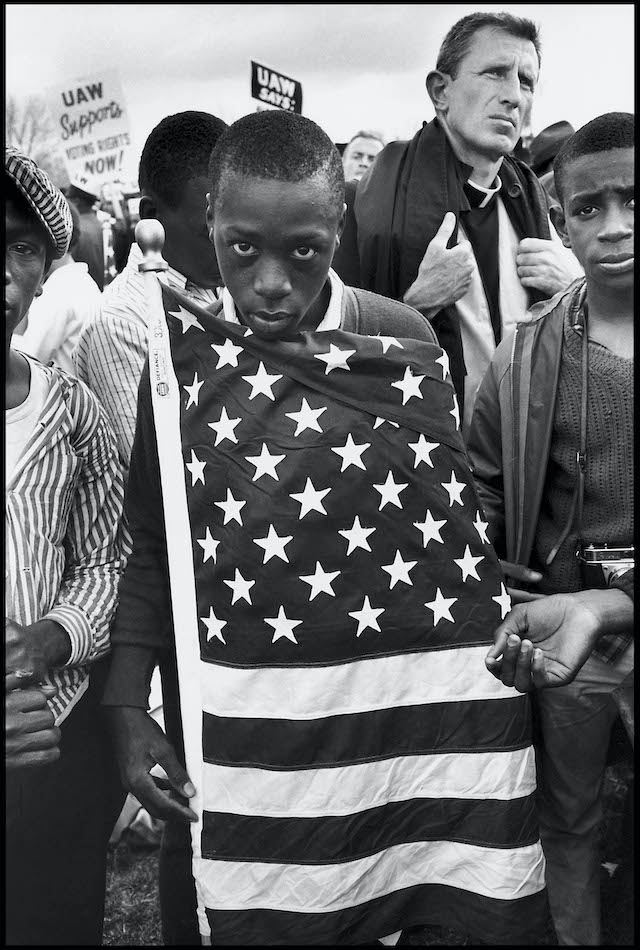
In the 60s, a project entitled America In Crisis was released into the world conceived by photographer Charles Harbutt and Magnum New York’s then-bureau chief Lee Jones. Featuring imagery from 18 photographers, the show, book plus accompanying short film and installation explored the issues prevailing in the country at the time. This was decades ago and little has progressed, point blank. In a new revisiting at London’s Saatchi Gallery, an exhibition of the same name sheds light on social change in the US with a group exhibition of 40 leading American photographers such as Bruce Davidson, Zora J Murff, Kris Graves, Stacy Kranitz and Mary Ellen Mark. Multiple similar themes from the work proceeding have been brought to the fore: inequality, racism, poverty and the demise of the American Dream to name a few, which are coupled with the more modern-day markers like Covid-19 and the rise of Black Lives Matter.
Curated by Sophie Wright, Gregory Harris and Tara Pixley, the exhibition – which runs until 3 April 2022 – illustrates many deliberate comparisons towards the original project. This includes the same chapter structure as before, with titles such as The Streak of Violence, The Deep Roots of Poverty and The Battle of Equality making appearances. It also consciously sheds light on a diverse and contemporary presentation of photographers today, featuring honest and thought-provoking imagery from those who are actually embedded in the stories – like Zora and his mixed-media narration of power, race and privilege, or Stacy Kranitz who’s spent years documenting a community in Appalachia. Below, I chat to Sophie, one of the show’s curators, to discuss the danger of repeating history and the wavering power of the image in today’s digital world.
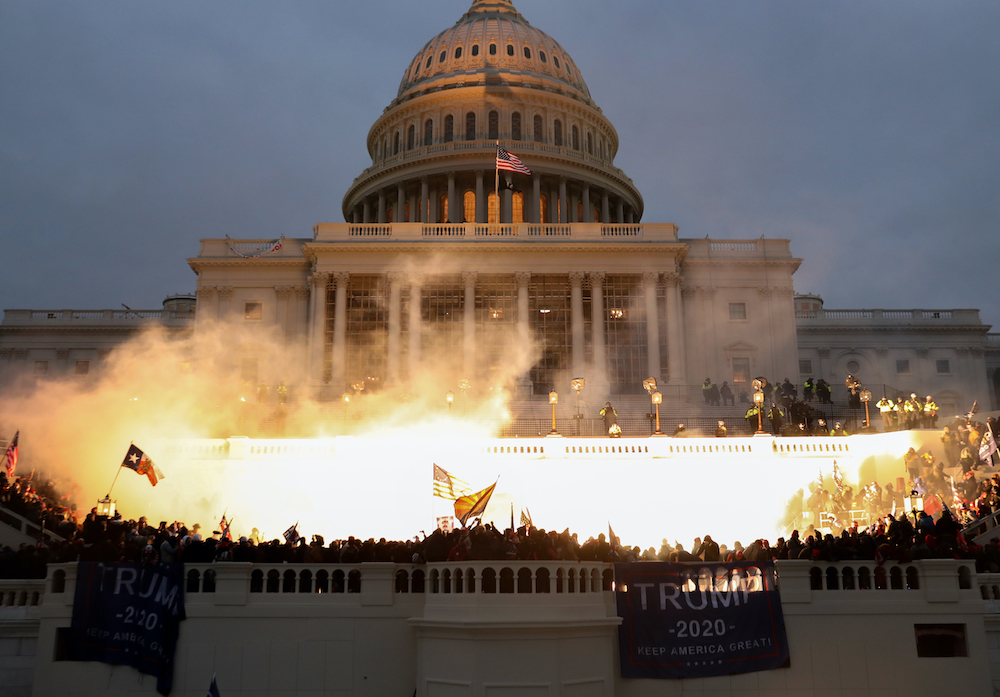
Can you tell me about the parallels between the new and old exhibition with Magnum Photos?
Clearly, things have changed. I studied history and history of art college, but in my day and age, you were told that there was an idea of history of progress. Maybe it’s just getting older, but it all becomes a bit circular after a while.
In 1968, it was a massively tumultuous year globally. Charles Harbutt felt there was an opportunity and a need to create the original project, and it was that same period of time leading up to an election that he and the Jones had the instinct it was going to be quite a pivotal moment.
We’ve used the original framework, but we involved all chapter headings except one; a chapter on the unwanted Vietnam war in 68. We didn’t replicate that into the contemporary project, because we felt that there isn’t an unwanted war or any contemporary equivalents. Now, you could say Afghanistan, but honestly, we felt that there was so much going on with the domestic policy issues that we were addressing, that to bring that in would have made it too complicated.
In 2020, there was the unlawful killing of George Floyd, and that was really the catalyst for the explosion on the streets of Black Lives Matter. And there’s Covid-19, which was a very different experience to the original exhibition. There are a number of different catalysts and contexts. However, the core premise is the American Dream versus reality on the ground, and the long form issues within, the founding of America, the slavery and the issues around equality; all of these things are long-form issues. The Deep Roots of Poverty being another section that addresses the fact that, despite it being such a wealthy country, there’s a lot of people below the poverty line. So there were a number of things that we felt still resonated 50 years after the original project.
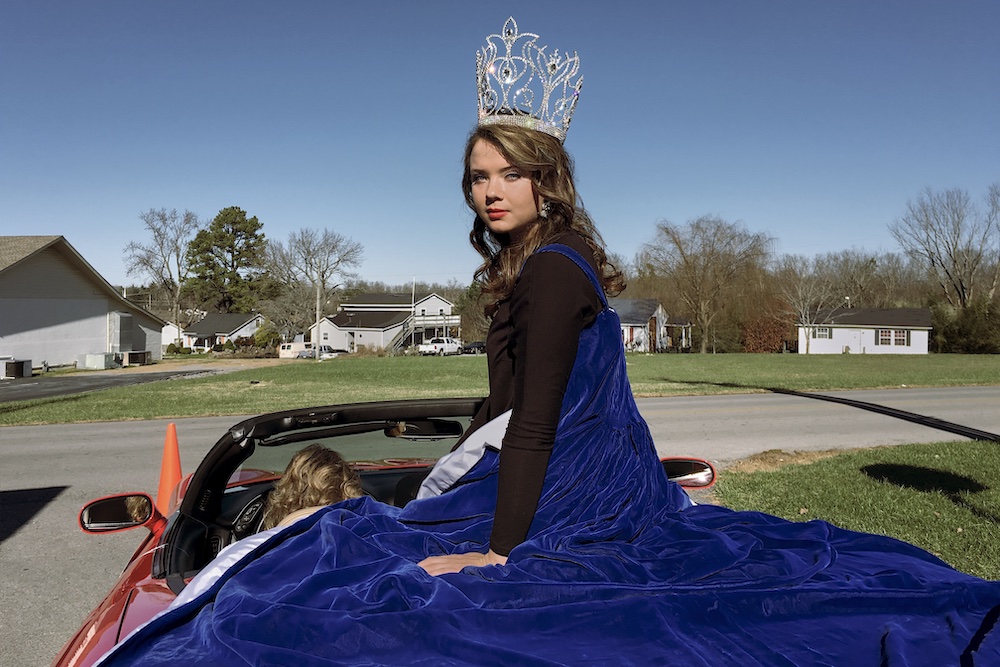
How do you think photography can impact social change? And how does this exhibition highlight that?
I don’t think photography changes things by itself. I think the days of believing in that are long gone. We all take photographs but it is a very slippery medium; I think it can be re-contextualised in lots of different ways. That’s what the third room deals with – the fact that people tell stories with photographs that sometimes shift the meaning of that image completely.
What I do think, though, is that because it’s a recognisable medium, we all know how to take pictures and there’s a way to gain a better understanding the world around us. I think it is a language, despite its mutability, and it does inform us about and gives access to points of view; it’s all about acknowledging that it provides a window into different perspectives on the world.
I think there’s also something to be said for the still image. There’s so much visual noise out there; we’re all hopelessly addicted to our phones. I think there’s something quite meditative about standing in front of an individual picture and just engaging. I really feel this is a project to be seen in the space that it’s shown. It gives you time to pause for thought. It’s also telling that there’s a lot of different strategies within the show from the individual practitioners, in terms of how they choose to communicate using their photographs.
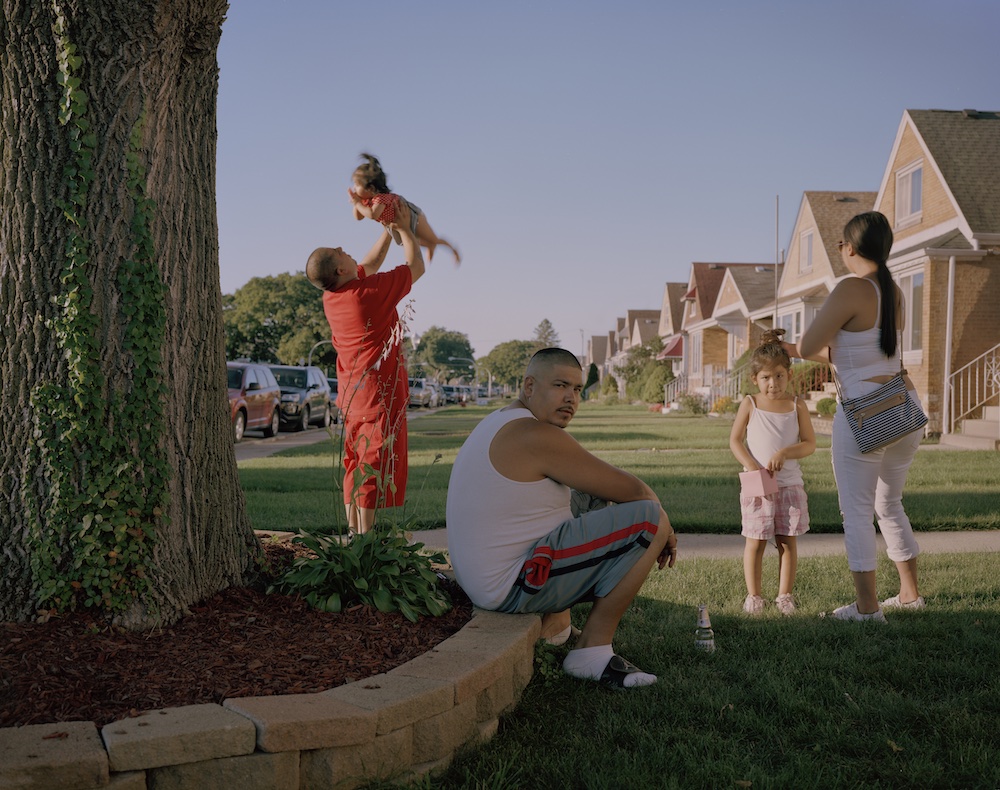
What would you say are the key takeaways for visitors of the exhibition – to educate, to steer away from the noise of the digital world?
It’s interesting to see how history can repeat itself. I don’t want to oversimplify, but I want people to be more conscious of how they read images, the power of photography and the importance of it as communication as well as an artistic medium.
Some of these earlier images would have been viewed by the original audience in 1969 as news photographs, and now they’re almost iconic, which I hate as a word. But something like Bruce Davidson and the Selma Marches, they have such a power as images; they’re almost talismanic because they’ve been reproduced multiple times. Then the reboot was referenced a lot during the Black Lives Matter protests pre-2020 as a kind of seminal protest image. Photography is an incredible, aesthetic medium. I want people to enjoy the layers of the show and how we encounter photography. The top line is to engage with the issues that have allied between both eras, but also to be conscious of photography, how we encounter it and read it and to do it in a considered way.





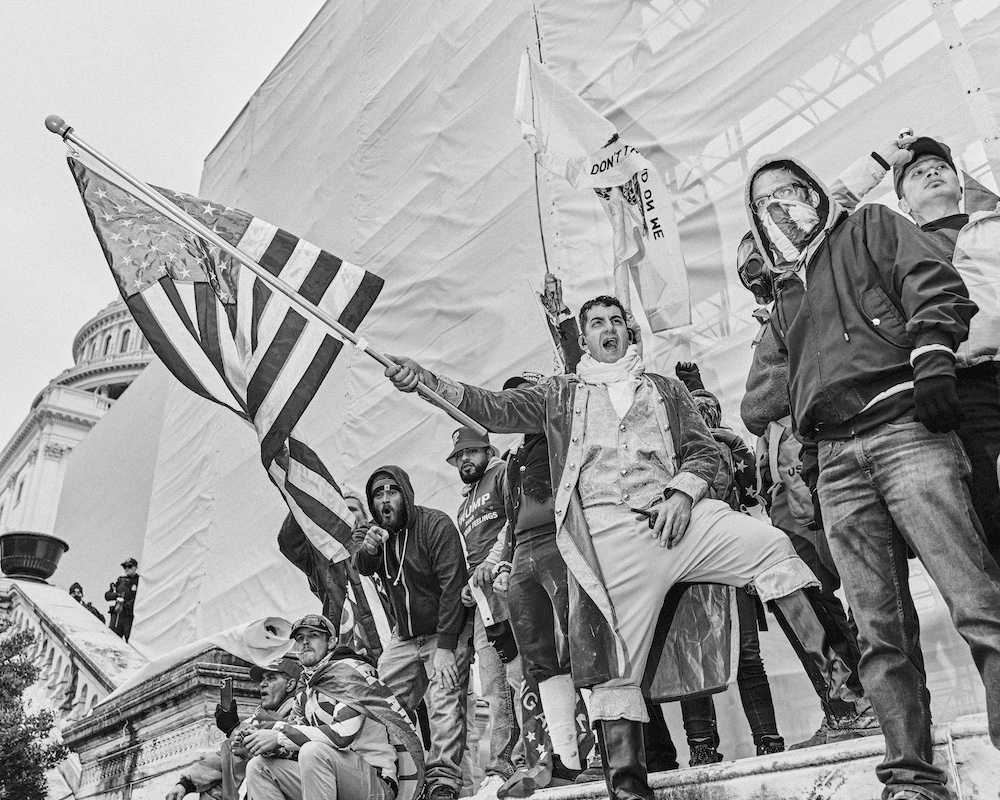
America in Crisis, organised by Saatchi Gallery, opens from 21 January to 3 April 2022. The exhibition is curated by Sophie Wright, Gregory Harris from Atlanta’s High Museum of Art, and academic Tara Pixley. Tickets from £5. Members go for free.




